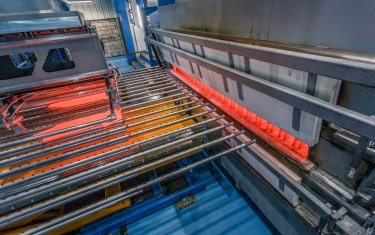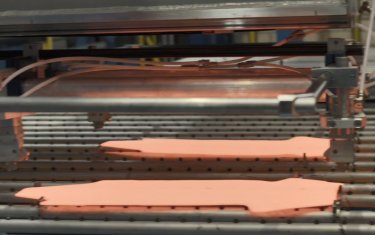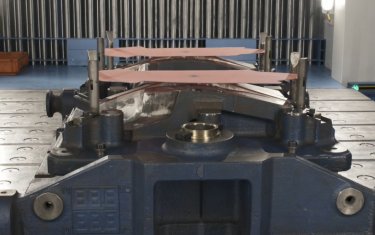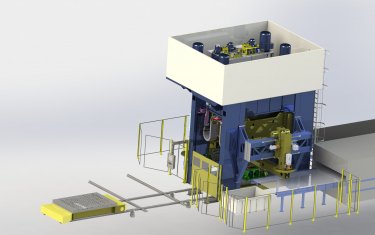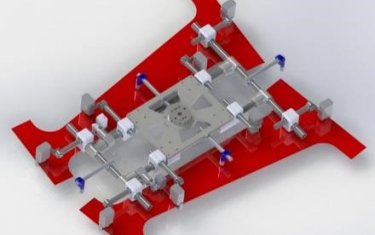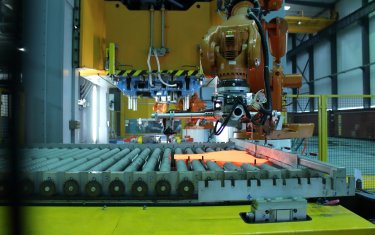With the aim of reducing weight, improving safety and increasing the impact resistance of vehicles, the industry has given great importance to the use of boron steel in recent years. Boron steels are a type of steel which enables the material to obtain a fully martensitic structure after its quenching with water. The high carbon content of this type of steel allows it to achieve great strength, lightness and characteristics propitious to welding.
The temperature of these steel precipitations must reach 920ºC to dissolve the boron carbides in order to obtain a good level of hardenability. Boron steel alloys have a resistance of approximately 500 MPa and reach 2,000 MPa after tempering.
Currently in the market, there are two methods for hot forming:
- DIRECT METHOD: The format is heated to a high steel temperature, until the structure remains completely austenite. The piece is immediately transferred to a mould, the carriage is lowered, it is formed in the die and the tempering takes place sequentially. On removing the piece from the die, it conforms to dimensional and mechanical requirements.

- INDIRECT METHOD: The format is formed in a previous process applying the traditional concepts of cold stamping. Once formed, the piece is heated until its composition is 100% austenite. Then, it is tempered in the die and a martensitic transformation is achieved.

Most industrial facilities use the direct method, compared to the indirect method the production costs are lower since it enables manufacturing in series.
KONIKER has a multidisciplinary team which researches and develops new systems for the hot forming of boron steels and recently also aluminium, and helps our customers solve manufacturing problems and challenges through the use of simulation tools, advanced data analysis technologies, sensor systems and new automation and control peripherals.

